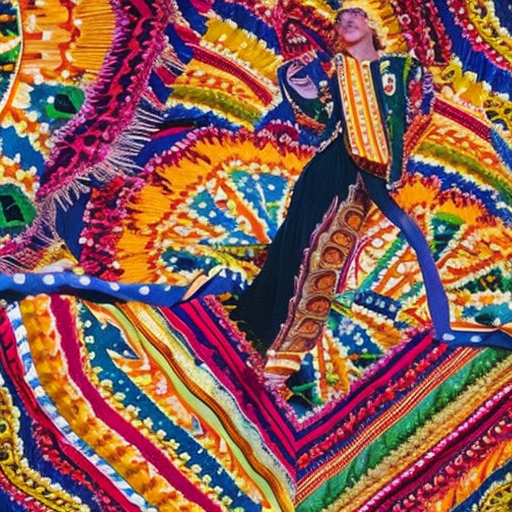Summary: Polka is a lively dance and music style that originated in Central Europe in the mid-19th century. It is characterized by its energetic tempo, distinctive rhythm, and lively accordion melodies. The polka quickly gained popularity and spread across Europe and later to America, where it became a staple of dance halls and social gatherings. Today, the polka continues to be enjoyed and performed by enthusiasts worldwide.
Origins and Development
The polka originated in the mid-19th century in Bohemia, a region that is now part of the Czech Republic. It was first introduced as a peasant dance but quickly gained popularity among the upper classes as well. The dance’s name is derived from the Czech word “pulka,” meaning “half-step,” referring to the quick and lively footwork characteristic of the dance.
Characteristics of Polka Music
Polka music is known for its lively and energetic tempo, typically ranging from 120 to 140 beats per minute. The music is played in 2/4 time, with a distinctive oom-pah rhythm provided by the accordion or other instruments. The accordion is a key instrument in polka music, providing the lively melodies that are central to the dance. Other instruments commonly used in polka bands include the clarinet, trumpet, tuba, and drums.
Spread and Popularity
The polka quickly spread across Europe, gaining popularity in countries such as Germany, Austria, Poland, and Slovenia. In the late 19th century, it made its way to America, where it became especially popular among immigrant communities. Polka music and dance halls became social gathering places for European immigrants, providing a sense of familiarity and connection to their homeland.
Polka in America
In America, the polka evolved and adapted to local tastes and influences. It became particularly popular in the Midwest, where large populations of Polish, Czech, and German immigrants settled. Polka bands and dance halls flourished, and the music became an integral part of community celebrations, festivals, and weddings. The polka’s popularity reached its peak in the mid-20th century, with notable polka performers such as Frankie Yankovic and Lawrence Welk gaining widespread acclaim.
Modern Polka
While the polka’s popularity has waned in recent decades, it continues to have a dedicated following and is celebrated at various festivals and events. Polka music has also influenced other genres, such as country and rock, with artists incorporating polka rhythms and accordion melodies into their music. Additionally, there has been a resurgence of interest in traditional polka music and dance, with younger generations embracing the cultural heritage and keeping the tradition alive.
Conclusion
Polka is a lively dance and music style that originated in Central Europe and quickly gained popularity across Europe and America. Known for its energetic tempo, distinctive rhythm, and lively accordion melodies, the polka continues to be enjoyed and performed by enthusiasts worldwide. While its popularity has fluctuated over the years, the polka remains an important part of cultural heritage and continues to bring joy and celebration to communities around the world.












